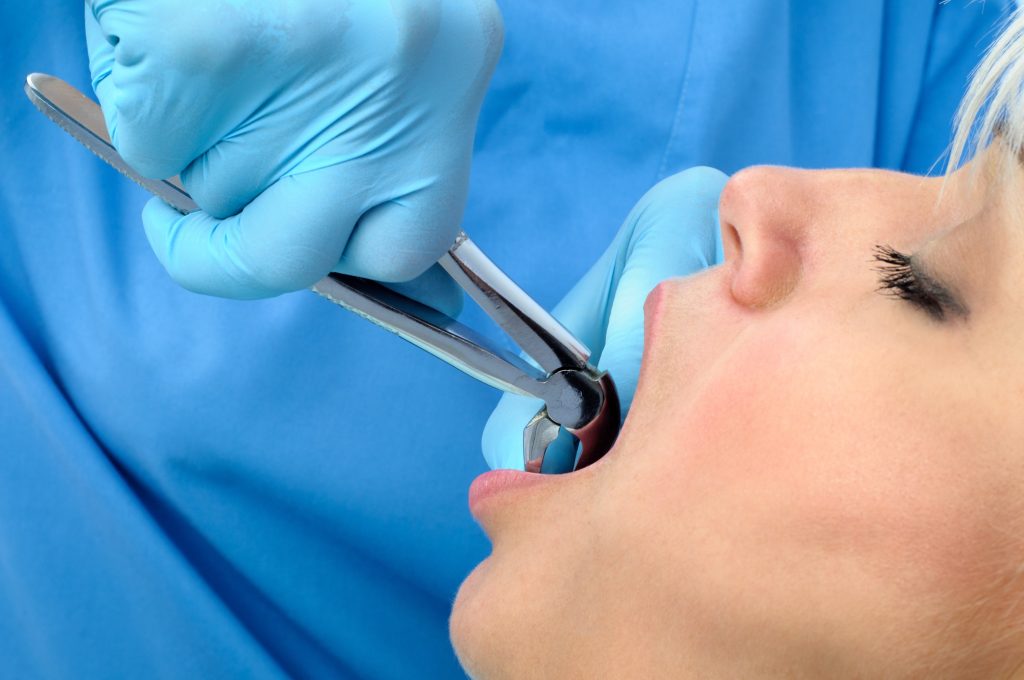What is emergency tooth extraction?
Adult teeth are supposed to last for your entire life, but things don’t always work out that way. If you have a tooth that’s decayed and damaged beyond repair, you may need an emergency tooth extraction, especially if it’s causing you a significant amount of pain. In some instances, teeth can be repaired with crowns or fillings, but when that isn’t an option, an emergency tooth extraction might be the best course of action.
What causes you to need emergency tooth extractions?
There are lots of things that can cause an emergency tooth extraction, including:
- Severe tooth decay, technically known as caries
- Gum disease
- An abscess on your gums or around your teeth
- Impacted wisdom teeth (when the wisdom tooth is unable to break the surface of your gums and gets stuck)
- Trauma to your jaw
- Root fractures or cracks
- Crowded teeth (when there are too many teeth to fit in your mouth or your teeth are too large to fit)
- A broken tooth which is impossible to repair
If one of your teeth is increasing your risk of infection, that tooth may need to be removed, not just because it’s a danger itself, but because it increases the risk for the teeth around it.
What symptoms could mean that you need an emergency tooth extraction?
There are numerous symptoms that could indicate that an emergency tooth extraction is needed. If you’re suffering from any of the following, it may be time to seek out some help:
- Extreme tooth sensitivity
- Darkening or discoloration in your teeth
- Pain in your gums
- A bad taste in your mouth that you can’t make go away
- Swelling which makes it difficult for you to open your mouth
- White fluid or pus in your mouth
- Wriggling, loose or unstable teeth
- Tooth pain
How does an emergency tooth extraction work?
While the procedure will vary depending on the location of the tooth and the severity of the damage, an emergency tooth extraction generally consists of the following steps:
- A local anesthetic will be injected into the area around your teeth.
- This will take a few minutes to work, at which point your mouth will become numb.
- During the procedure, your dentist will widen the tooth socket.
- The dentist will rock your tooth from side to side until it is loose enough to pull out.
You may feel a slight degree of pressure during the procedure, however, the pain you experience shouldn’t be too discomforting. If the procedure does hurt, it’s important that you tell your dentist as soon as possible in order to avoid any further damage.
What can you expect after the procedure?
After an emergency tooth extraction, your gums may bleed a little, you may experience some swelling and you might feel a dull pain. This is completely normal. If these symptoms haven’t abated after around 24 hours, it may be worth calling your dentist. However, the entire healing period usually takes around one week, so there’s no need to be unduly concerned. You can aid your recovery by staying away from hard foods and applying an ice pack to the outside of your mouth.

